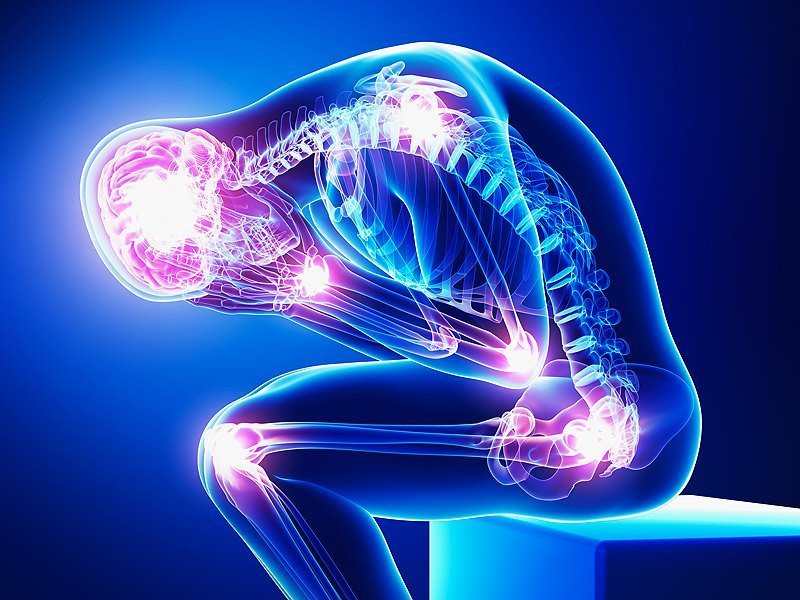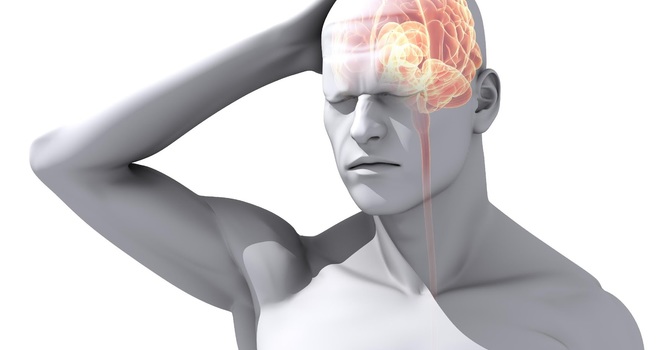
What is chronic pain?
When an individual feels pain for extended periods of time, it is known as chronic pain. Chronic pain can either be intermittent, meaning it occurs on and off, with varying amounts of pain throughout the day or it can be persistent. Chronic pain differs from acute pain as it is long-lasting and does not only directly after injury.
How is it caused?
Chronic pain is pain that occurs over a period of 3 months or longer and can occur from a known cause, such as surgery or inflamed joints, can be a consequence of a disease process such as rheumatoid arthritis. However, in most cases the source of pain is unknown.
There are two different kinds of chronic pain:
- Musculoskeletal pain – pain affecting bones, muscles, ligaments and tendons
-This type of pain can arise from a variety of causes including sports, occupational injuries, car accidents and arthritis
- Neuropathic pain – Chronic pain with no clear cause involving damaged tissue, malfunctioning nerve fibres or changes in brain processing. An example of this type of pain is phantom limb syndrome where the brain still receives signals from the missing limb

Signs and Symptoms
Chronic pain can have very negative effects on individuals in terms of both physical and social demands. Some of the signs of an individual with chronic pain include:
- Social Isolation: individuals can lose connection with friends, family and exhaust social supporters
- Psychological shifts: Mental health and overall attitude can experience wear down due to constant pain. In addition, individuals who are suffering from chronic pain are more prone to mental illnesses such as depression.
- Work/Career shifts: Those suffering from chronic pain tend to have difficulties keeping their jobs as reoccurring pain could affect the daily tasks of individuals.
- Self-redefinition: changes in how people see themselves as a result of constantly being worn down by chronic pain
In terms of symptoms, these can vary from:
- Joint pain
- Muscle aches
- Burning pain
- Fatigue
- Sleep problems
- Loss of stamina and flexibility due to decreased activity
Some risk factors for chronic pain include those previously diagnosed with arthritis, those diagnosed with depression, those who smoke, those who are obese, those which are females, those who are older than 65.
How long is recovery and how is it treated?
Chronic pain is something that can last for extensive periods of time. Even when conditions to an injury improve, individuals can still experience chronic pain months down the line. This pain, typically caused by miscommunication of the brain and nervous system, can change the way neurons behave, making them hypersensitive to pain. However, although it is difficult to cure completely, it is still treatable.
Some options for treating chronic pain include:
- Drugs to relieve pain (painkillers, anti-inflammatories, antidepressants)
- Physical therapy to increase flexibility and range of motion
- Nerve blocks to interrupt pain signals
- Psychological/behavior therapy (to treat the mental side effects of chronic pain)
- Exercise
In addition to treating chronic pain, there are ways in which individuals can cope with the pain themselves and make it less difficult to deal with. These ways include: being positive in life, engaging in activities with family and friends, participating in support groups, and seeking help both psychologically and physically from their doctor.
Chronic pain can have a significantly negative toll on an individual’s life. It is important to seek treatment right away prior to the pain getting even worse to the point where an individual’s mental health is affected.
Sumen Singla
Contact Me


